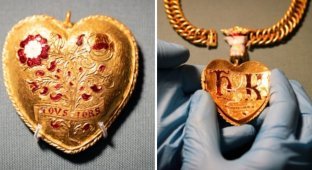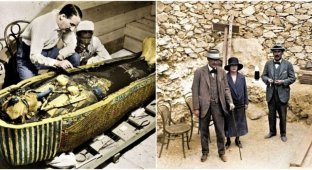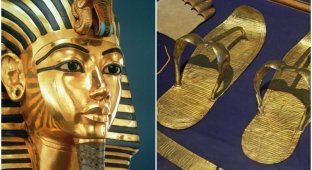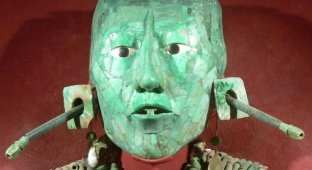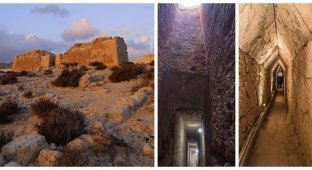30 beauties and wonders of the world for history buffs (31 photos)
Learning happens everywhere we go. So why not learn something new right now? We've collected some interesting images, from buildings and artifacts to statues and works of art, to share with you. Perhaps they will allow you to take a fresh look at human history. 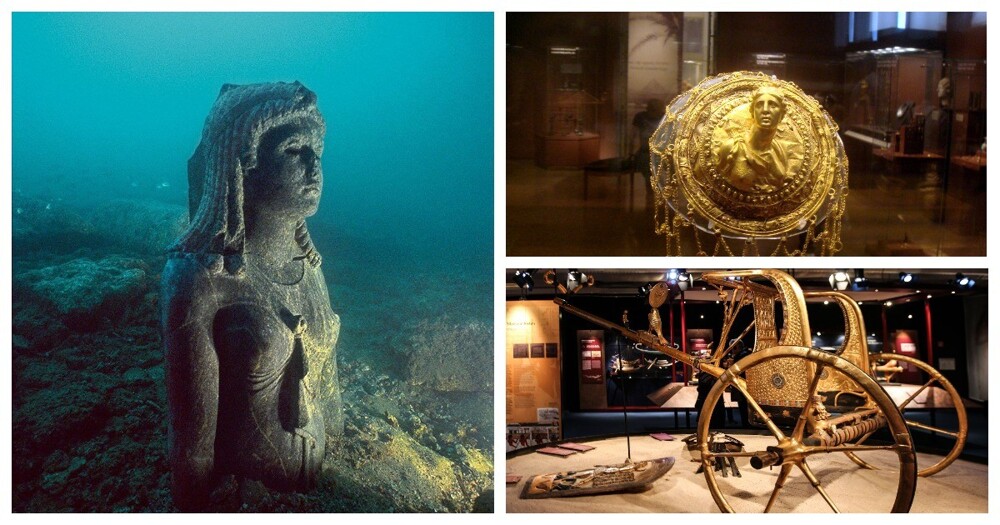
1. 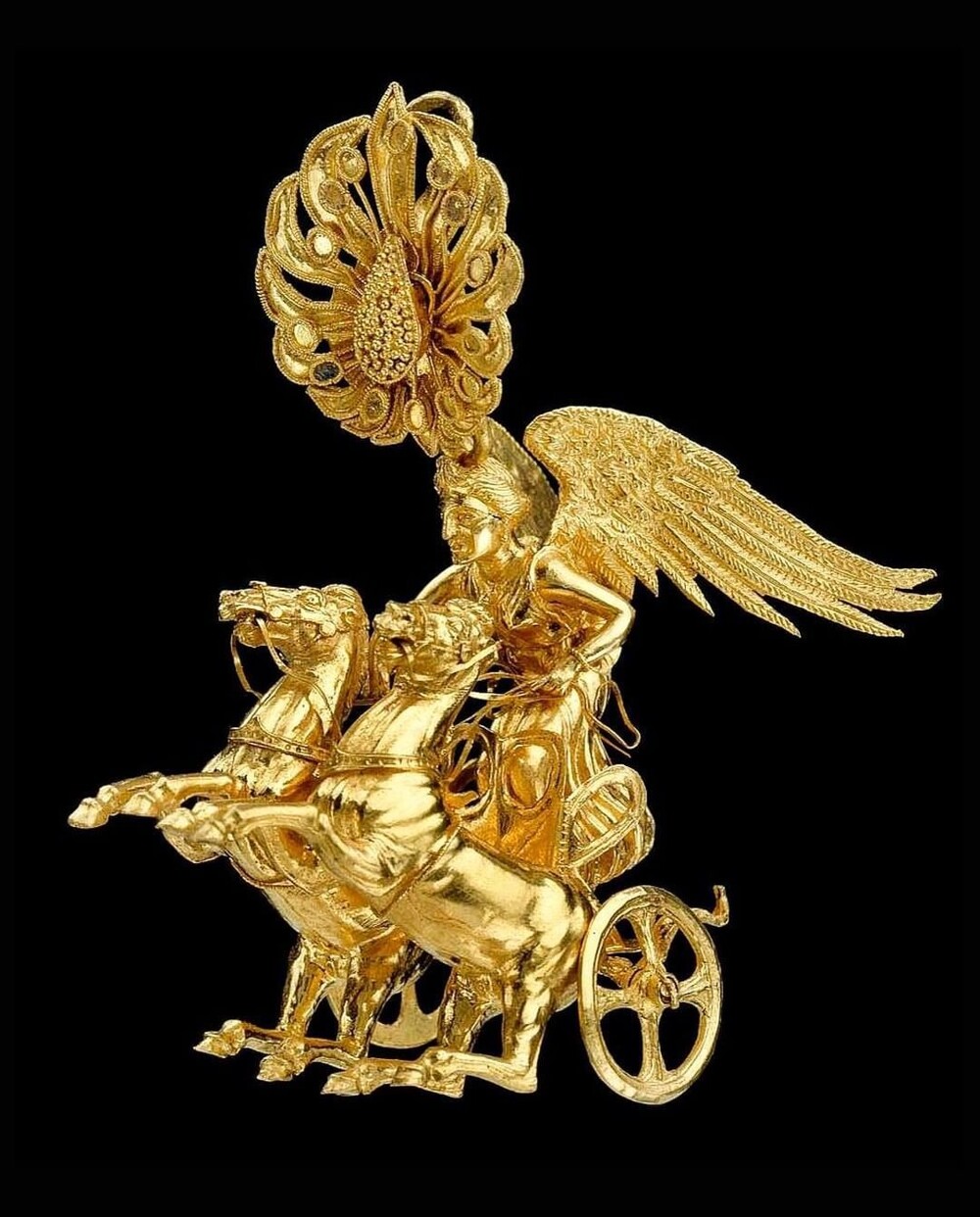
Earring with the image of the goddess Nike driving a two-horse chariot.
Greece, late classical or early Hellenistic period.
Around 350-325 BC.
Dimensions: height: 5 cm. Weight: 15.8 gm.
Material: gold and enamel.
2. 
Statue of Medusa at Hadrian's Villa in Tivoli (2nd century AD).
3. 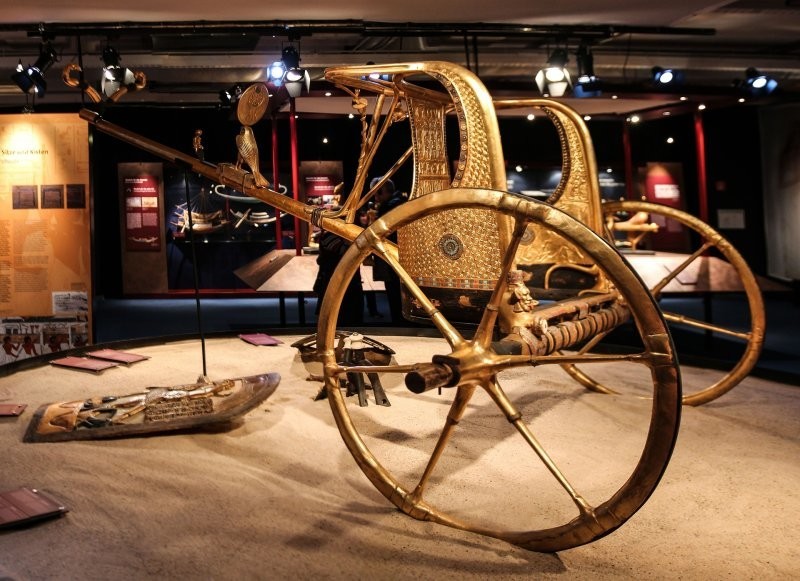
Golden chariot found in the tomb of King Tutankhamun.
4. 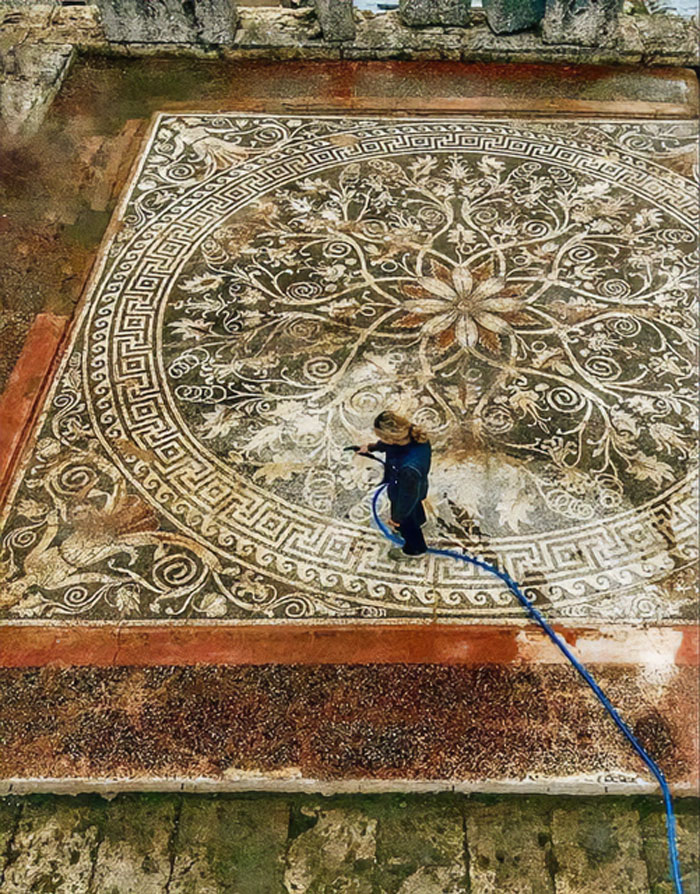
One of the largest pre-Roman mosaics ever discovered. It is distinguished by a high degree of complexity and is designed to demonstrate the power of the Macedonian kingdom.
The Palace of Aigi, known today as Vergina, is considered not only the largest, but also, together with the Parthenon, the most significant structure of classical Greece.
Built during the reign of Philip II (359-336 BC) on a hill in Vergina in northern Greece, the palace was visible from across the Macedonian valley.
5. 
Roman mosaic at Zeugma, Türkiye, depicting the myth of Queen Pasiphae.
The ancient city of Zeugma is located in southeastern Turkey on the banks of the Euphrates River. The name is translated from ancient Greek as “bridge, crossing”. Zeugma also bore the name Seleucia in honor of its founder, the commander Seleucus Nicator. And the sister city on the other side was called Apamea, the commander’s wife was called Apama.
6. 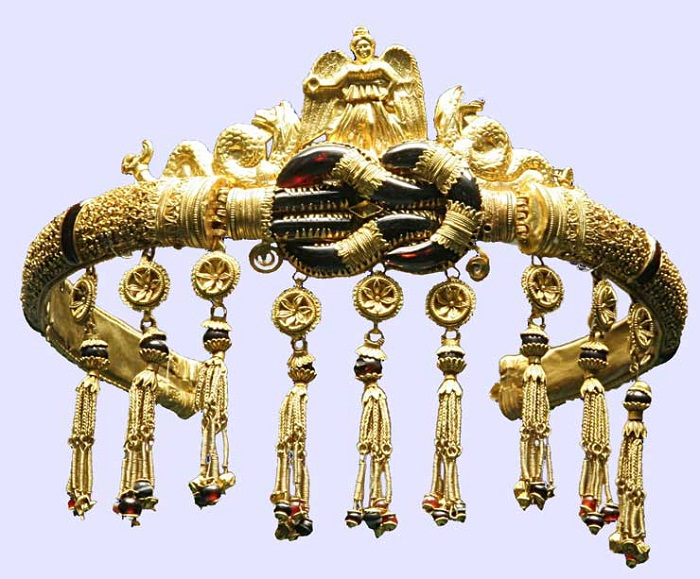
Greek gold diadem, Black Sea, circa 300 BC.
7. 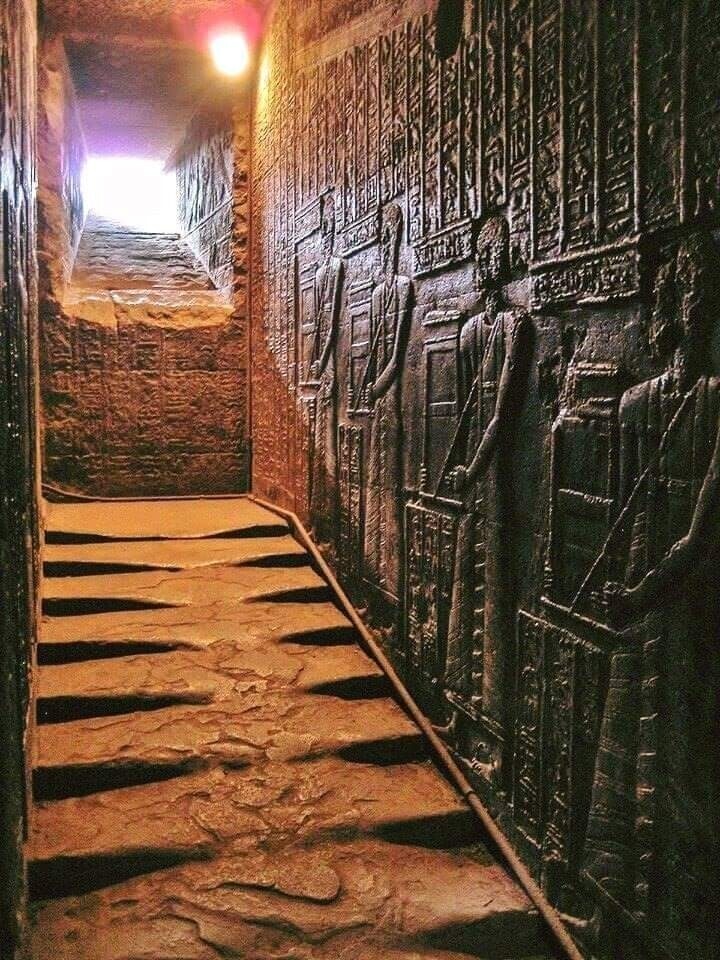
Temple of the goddess Hathor, Dendera, Egypt.
Western staircase leading to the roof of the temple.
On the wall on the right there is a procession depicted: four priests carrying shrines.
8. 
Top of the Great Pyramid of Giza.
9. 
Gold headpiece depicting Artemis, Hellenistic period.
10. 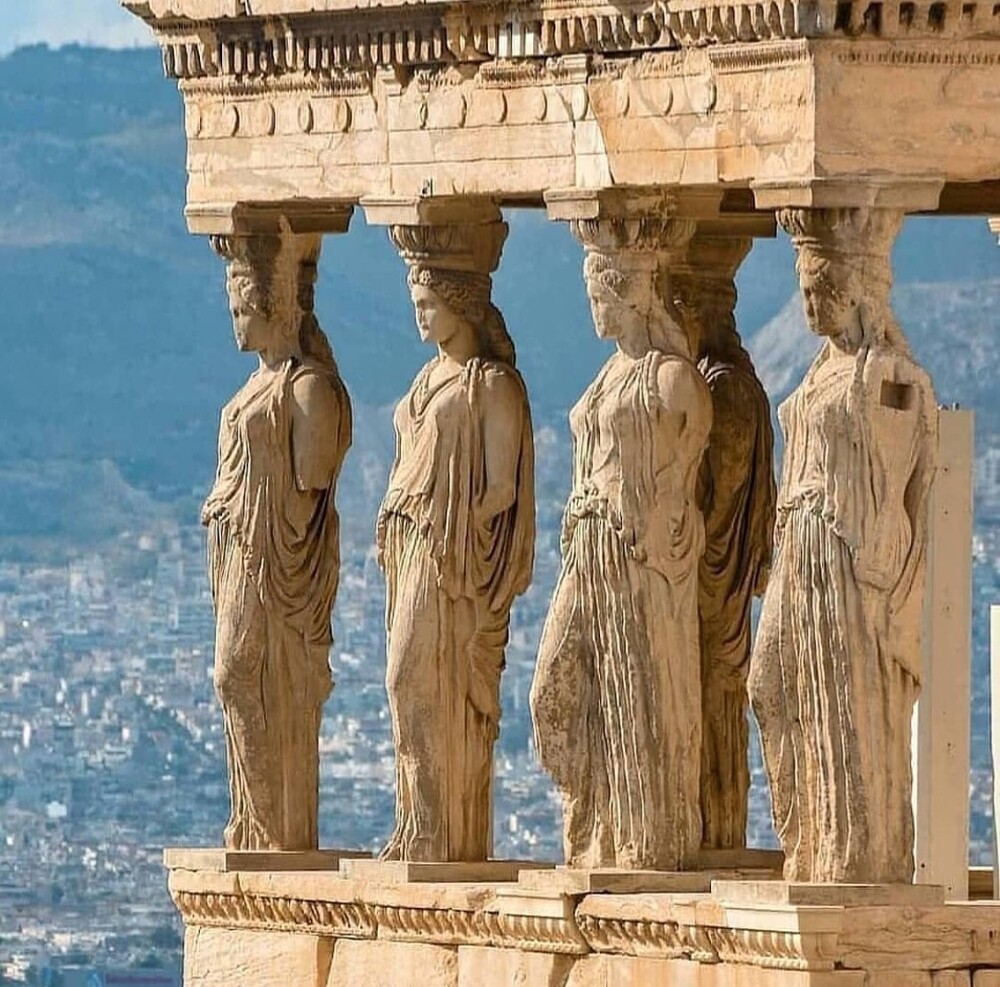
Erechtheion, caryatids, 421-406. BC e.
An ancient Greek temple on the north side of the Athens Acropolis.
Caryatid - a statue of a female figure supporting an entablature.
eleven. 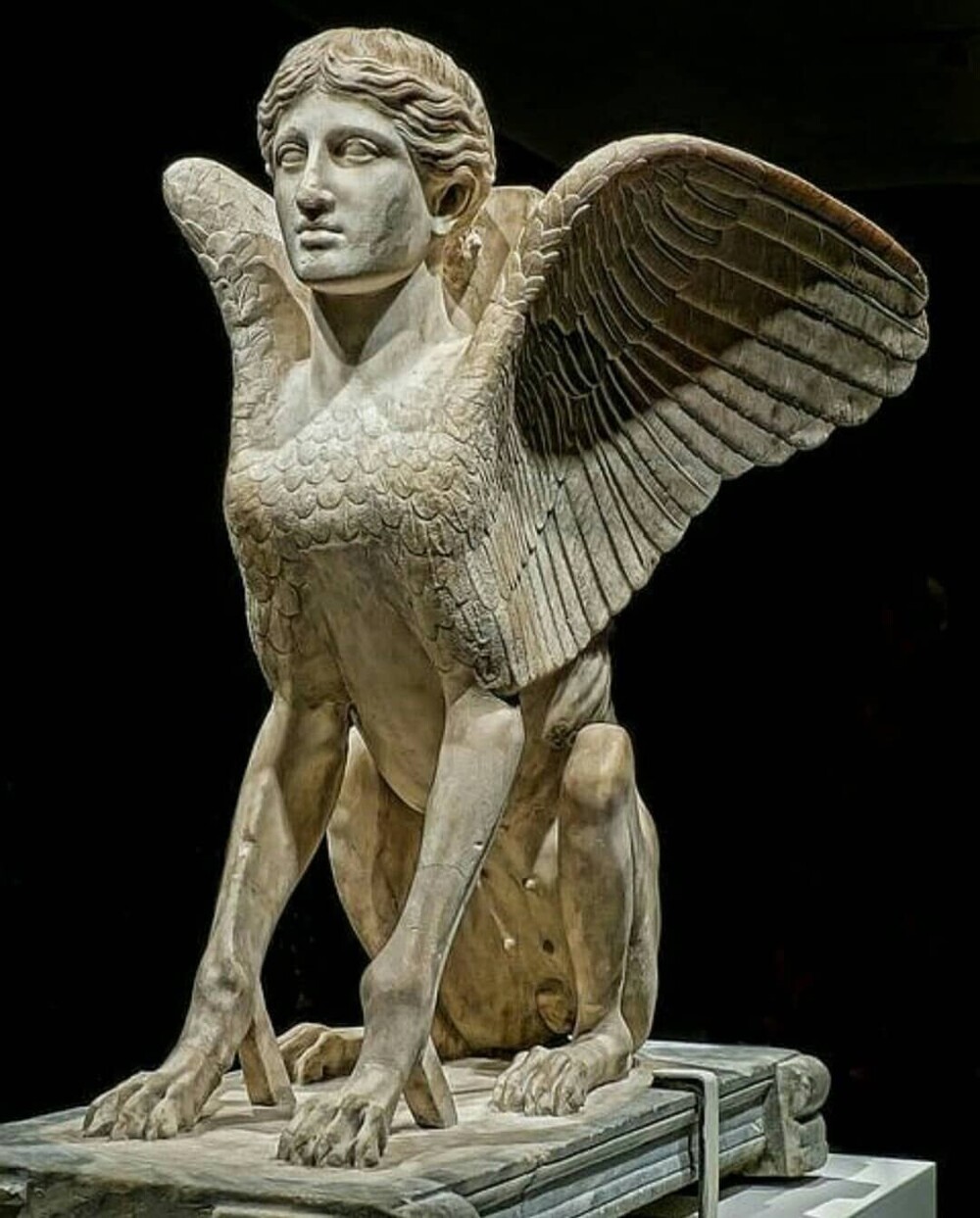
Sphinx of Lanuvium, Rome, circa 120-140. AD
12. 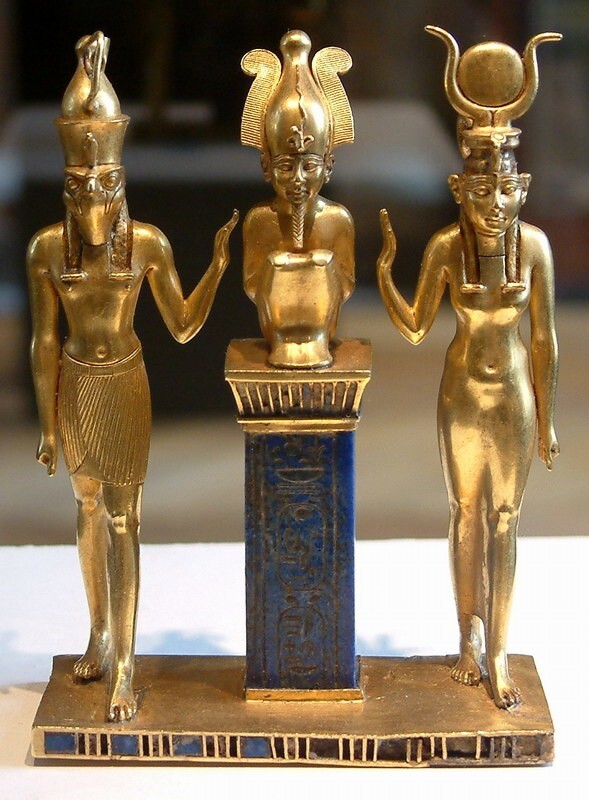
Depiction of Osorkon II as Osiris flanked by Isis and Horus.
Gold and lapis lazuli, Egypt, XXII Dynasty, 874-850. BC.
13. 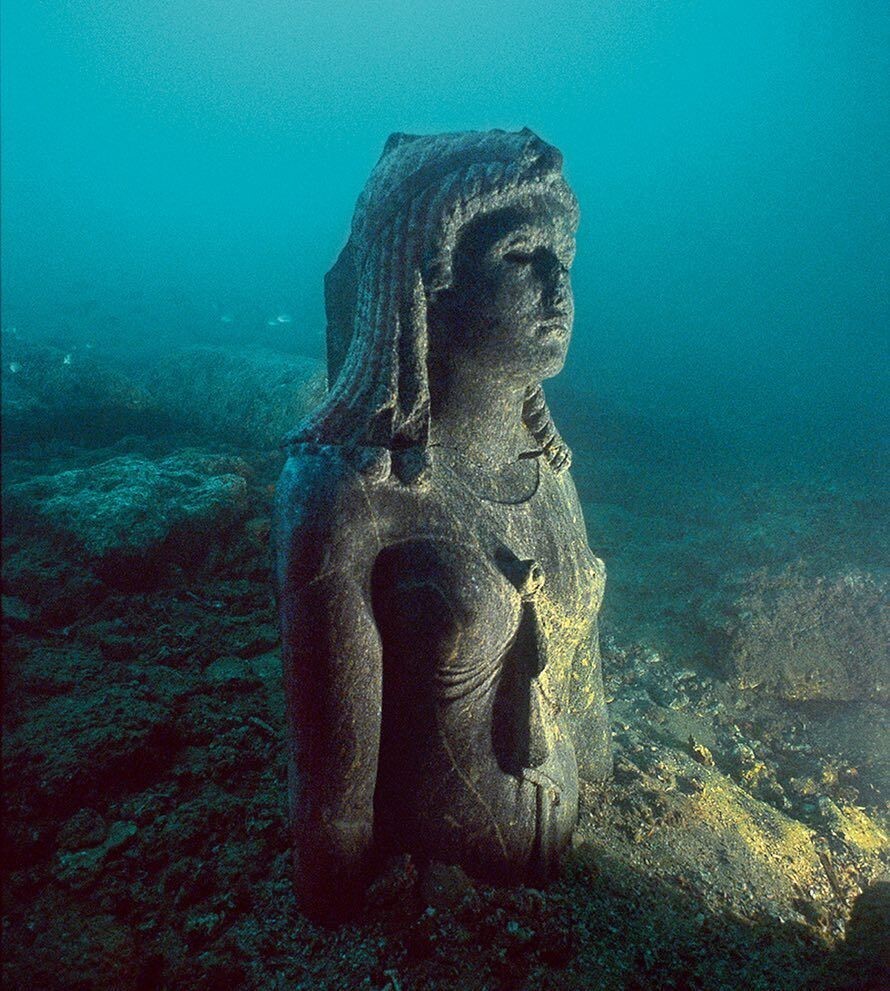
"Dark Queen" statue, probably depicting Cleopatra III (reigned 142-101 BC).
Discovered in the sunken city of Heraklion. An ancient Egyptian city near Alexandria went under water 1,200 years ago.
14. 
Temple of Nefertari.
15. 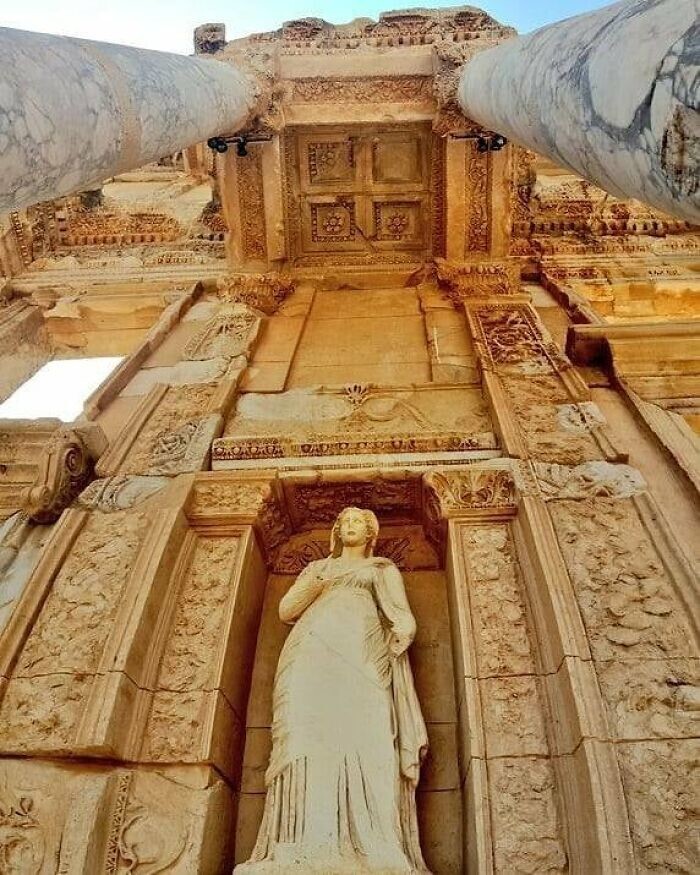
Library of Celsus in Ephesus, Türkiye. Built in 117 AD. for storing about 12 thousand scrolls and served as a mausoleum for Tiberius Julius Celsus Polemaeus (Roman consul of Ephesus).
16. 
Ancient Roman aqueductin Segovia, Spain.
17. 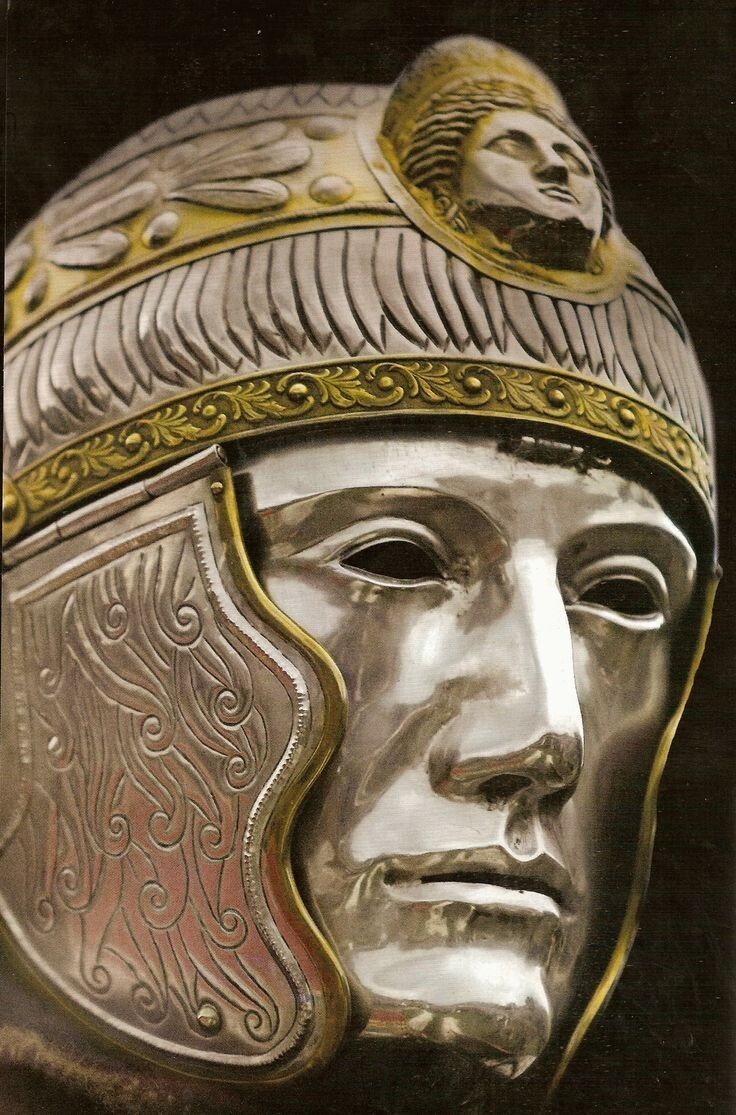
Roman helmet.
18. 
Egyptian mask from the mummy of a princess of the 19th dynasty. Woodwork allows us to once again appreciate the talent of ancient Egyptian craftsmen.
19. 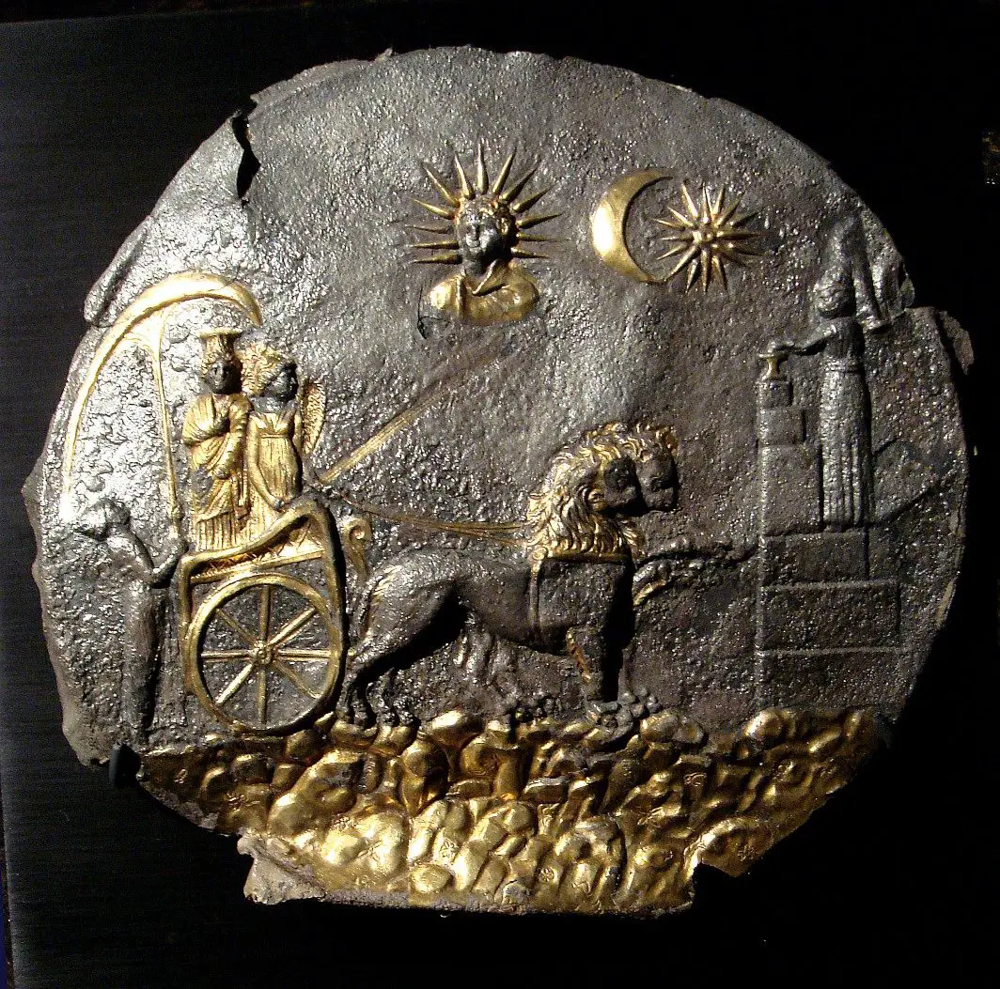
Ceremonial silver-gilt tablet depicting Cybele on a chariot, early 3rd century. BC. Afghanistan, Ai-Khanum.
20. 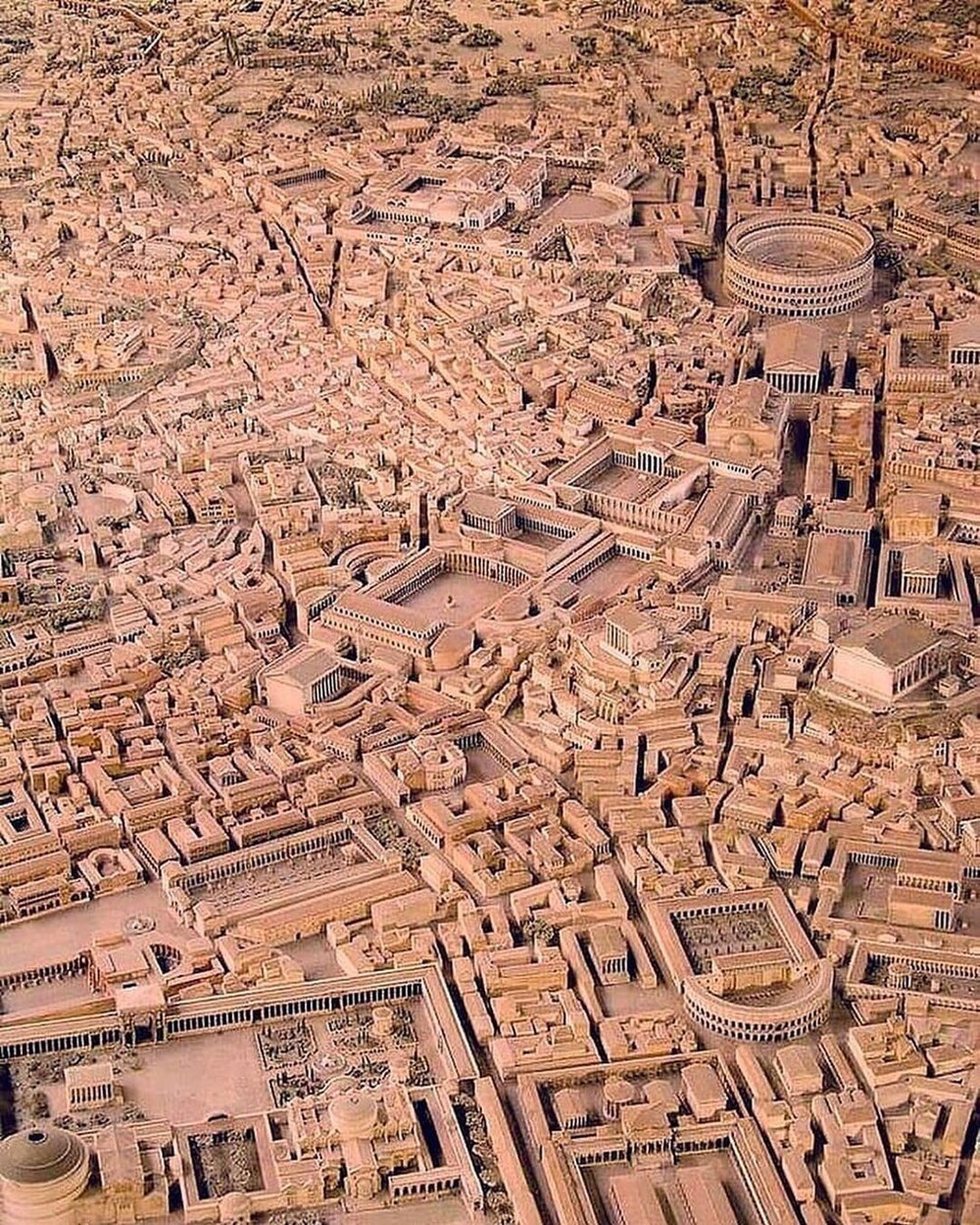
Model of Imperial Rome in the Museum of Roman Civilization.
The model has a scale of 1:250 and dimensions of 16 by 16 meters; its creation began in 1933 according to the design of the architect Gismondi.
21. 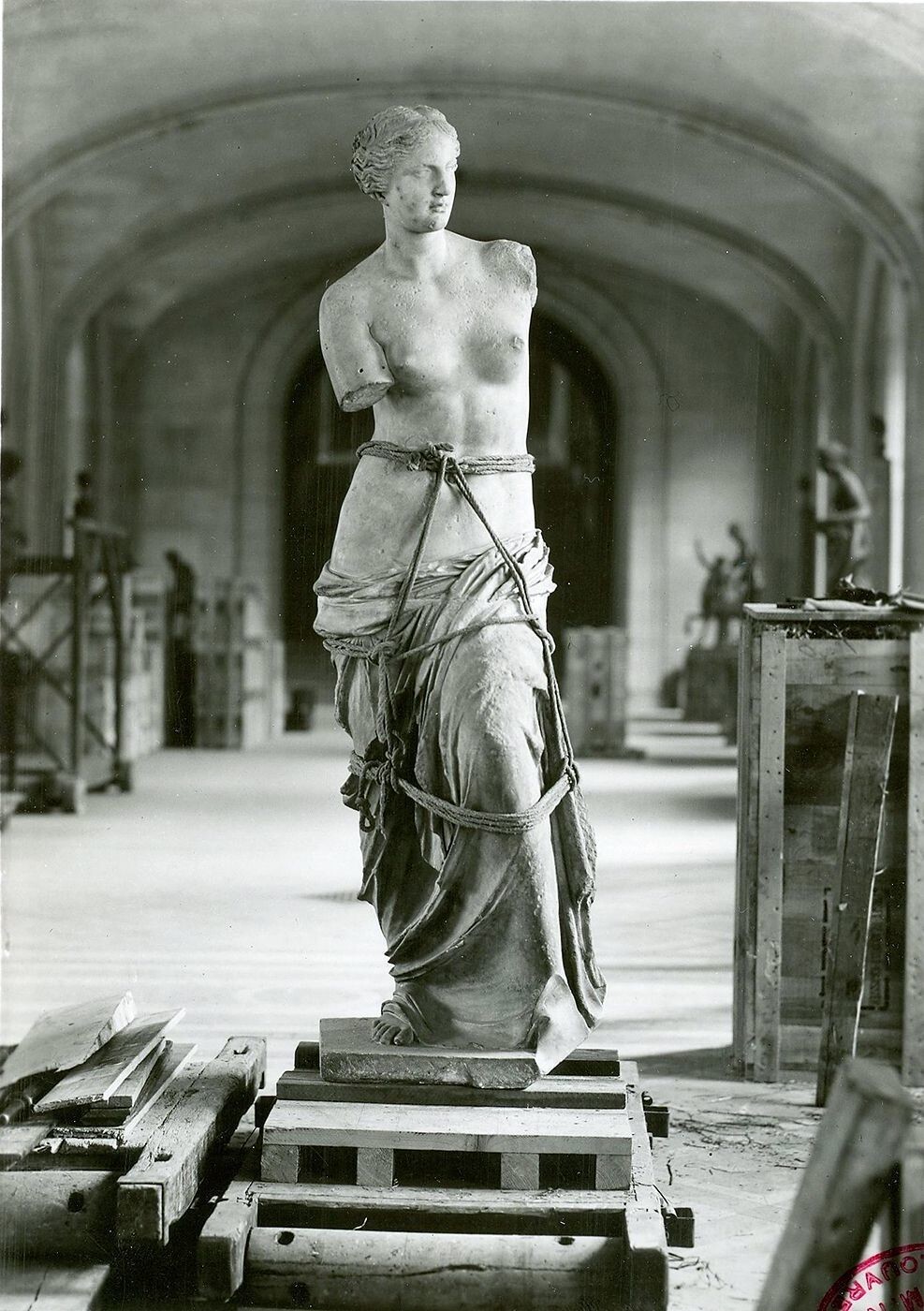
Venus de Milo during the evacuation of Louvre exhibits at the beginning of World War II.
22. 
Bronze mask of King Sargon of Akkad, 2306 BC.
The missing eyes, broken nose and other damage suggest that the desecration of the royal portrait was deliberate and most likely an act of political iconoclasm during the fall of Nineveh to the Medes and Babylonians in the early 7th century. BC.
23. 
The sunken city of Bailly.
An ancient Roman resort town in the Italian province of Campania plunged under water due to seismic activity.
24. 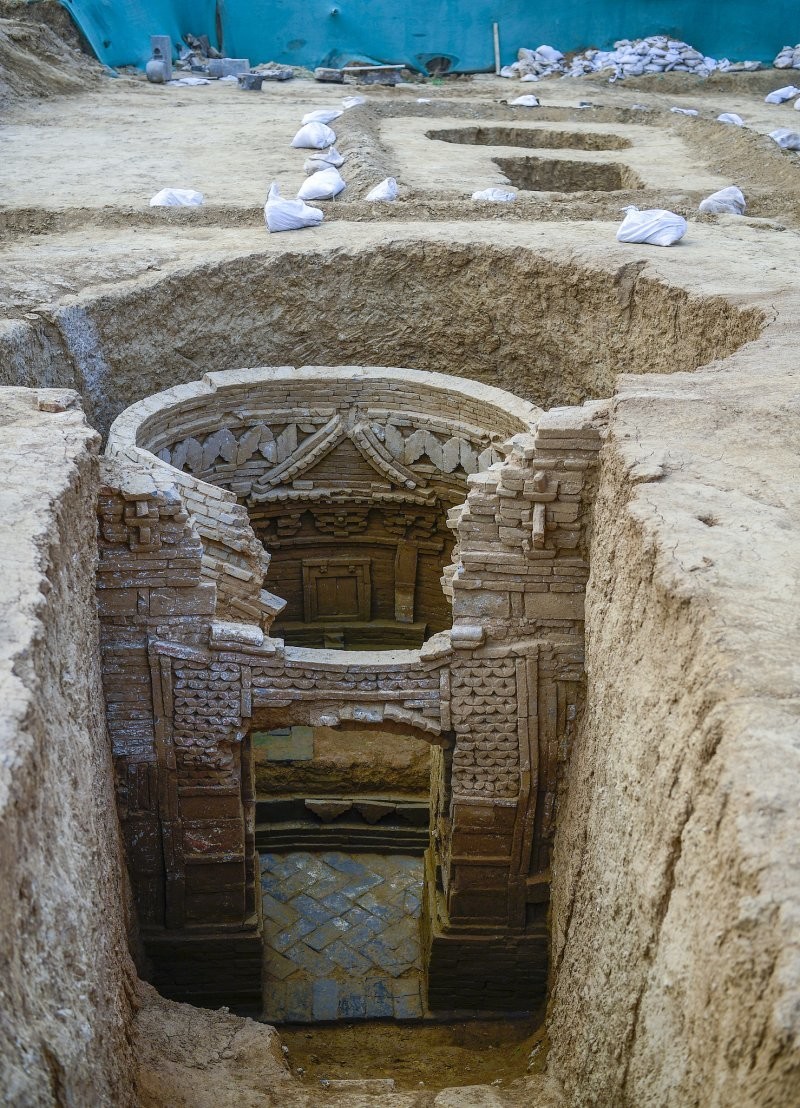
12 painted tombs from the period of Kublai Khan, grandson of Genghis Khan, in China.
25. 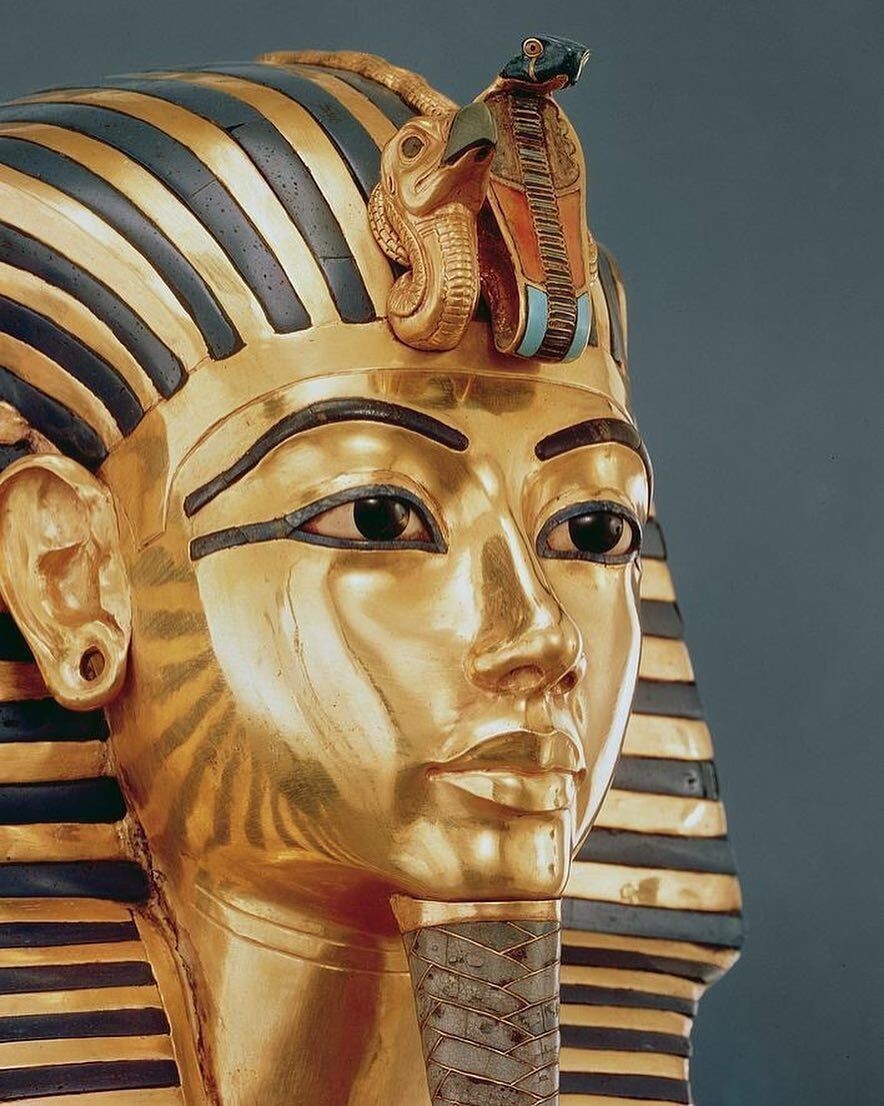
Funeral mask of Tutankhamun.
26. 
Golden double ax
Early Aegean, Minoan period
Around 1550-1500 BC.
Dimensions: length 9 cm; width 8.3 cm.
On the left blade there is an inscription of four undeciphered characters. There are two punched holes on the right blade.
The ax was placed in the sacred cave as an offering.
27. 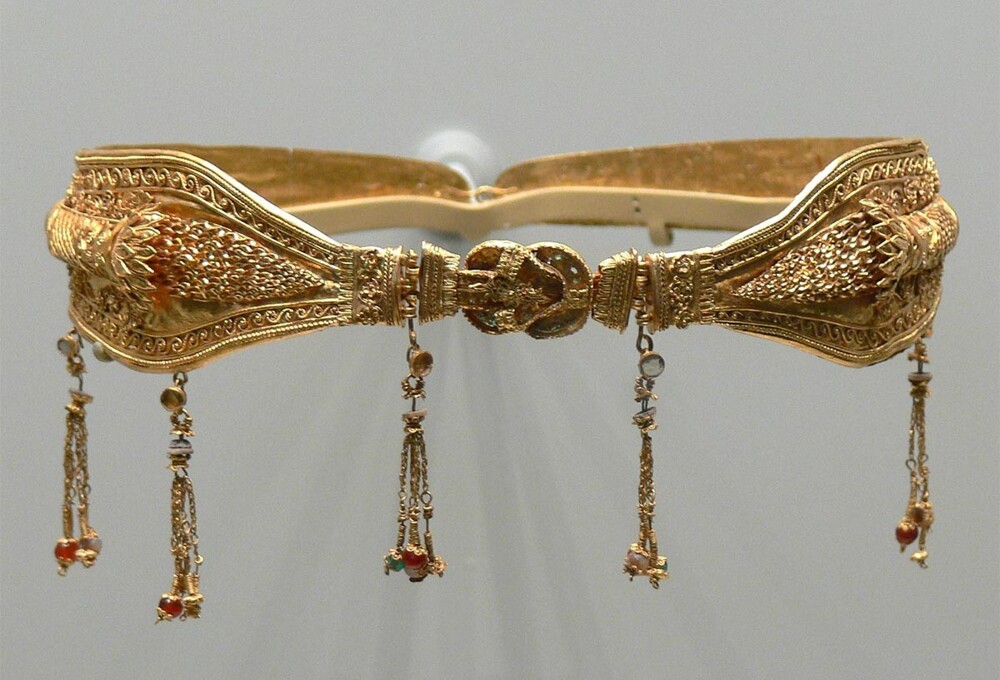
Diadem of the Ptolemies (225-175 BC).
Made in Egypt, probably in Alexandria.
Gold with precious stones including garnet, carnelian, pearl, moonstone, amethyst, emerald.
28. 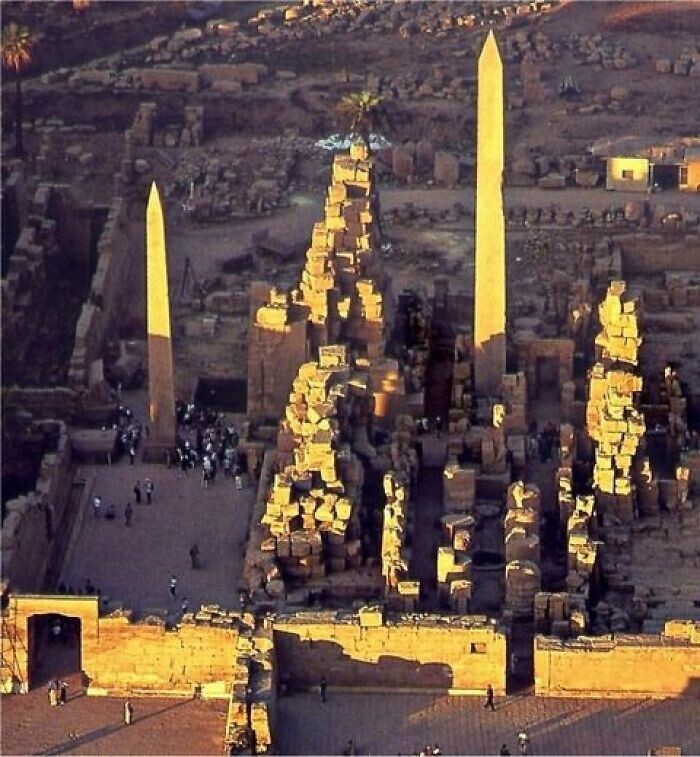
Obelisks of Hatshepsut, Egypt.
Height is almost 30 m and weight is 350 tons.
29. 
Hagia Sophia in Istanbul, Türkiye.
St. Sophia Cathedral is a monument of Byzantine architecture, built in 532-537. For more than a thousand years it remained the largest temple in the Christian world.
thirty. 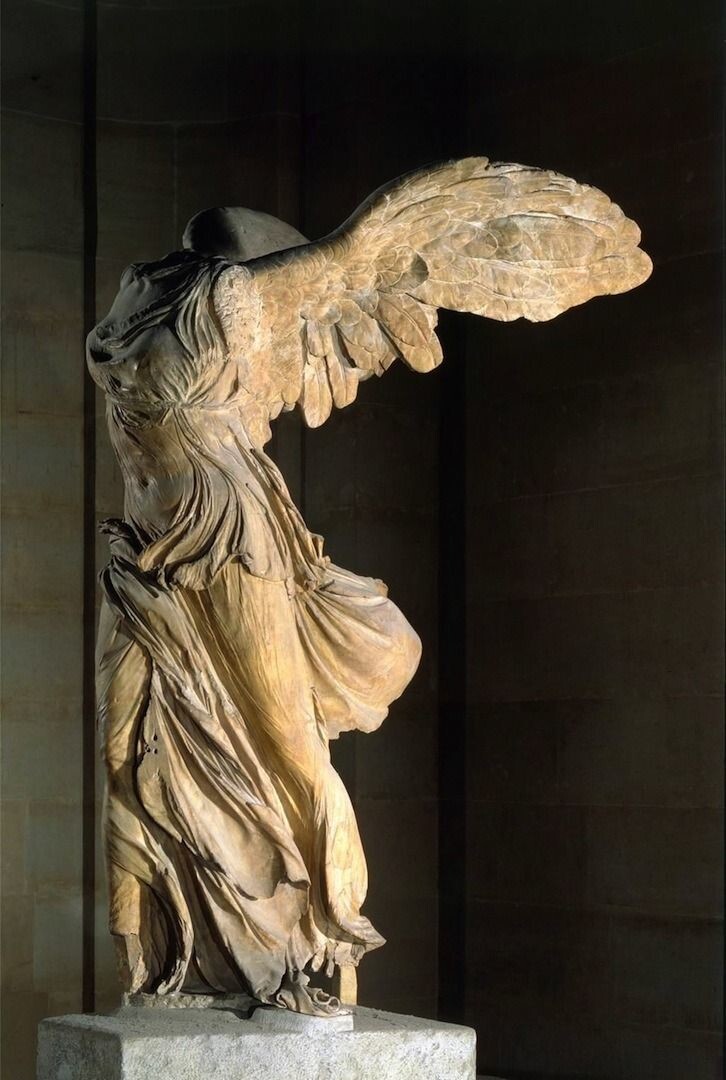
Nike of Samothrace, marble, 2nd century. BC.













